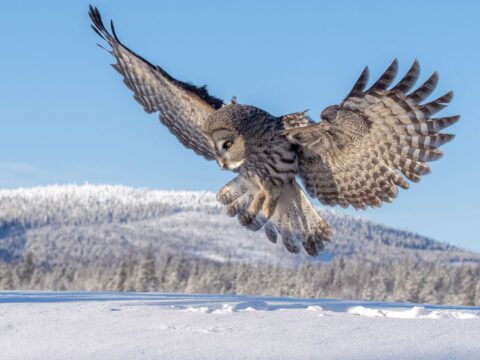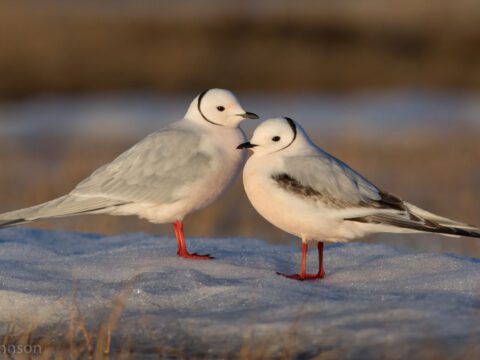A Third of American Adults Are Birdwatchers, According to Nationwide Survey
January 4, 2024From the Winter 2024 issue of Living Bird magazine. Subscribe now.
Around 96 million people in the U.S. closely observed, fed, or photographed birds; visited public parks to view birds; or maintained plantings and natural areas around the home for the benefit of birds in 2022. That’s more than 35% of the nation’s population aged 16 and over.
The eye-popping figures come from the latest Survey of Fishing, Hunting, and Wildlife-Associated Recreation conducted by the U.S. Fish and Wildlife Service. The estimated total number of birdwatchers is more than double the figure cited in the previous USFWS survey, conducted in 2016.
The report authors caution that survey numbers from 2016 and 2022 are not directly comparable, due to a change in methodology for the data collection. But the new survey results were released amid trending social media chatter and newspaper headlines that reflect a worldwide birding boom in the years since the Covid-19 outbreak in 2020. Cornell Lab of Ornithology participatory-science programs, like the Merlin Bird ID app and eBird, also reflect the heightened interest in avian affairs. For example, as of March 2023 there were more than 1.5 million active Merlin users in the U.S., a fivefold increase from the 300,000 Merlin users in March 2020. Likewise, eBird monthly checklist submissions have doubled, from 600,000 checklists in March 2020 to 1.3 million by May 2023.
The USFWS survey also shows that birding is big business. More than six out of every 10 dollars spent in 2022 on wildlife-related recreation (which also includes hunting and fishing) came from wildlife watching, with birds cited as the greatest focus for wildlife watchers. Altogether, wildlife watchers spent more than $250 billion last year to engage in their hobby—including more than $24 billion on equipment such as binoculars, cameras, and bird food—for an average of $2,188 per person.
Sometimes that spending can add up just by virtue of a single rare bird. A 2023 study published in the journal People and Nature documented that when a Steller’s Sea-Eagle showed up on the New England coast in the winter of 2021–22, eager birders pumped more than $750,000 into the economies of Maine and Massachusetts.
Amanda Rodewald, senior director of the Center for Avian Population Studies at the Cornell Lab, says the report is an important source of information to share with elected officials and shows just how many of their constituents care about the environment and conservation.
“It also underscores how wildlife, especially birds… are economic engines that sustain local, regional, and national economies,” says Rodewald. “Because so many birds are migratory… revenue [from wildlife-related recreation] in a given state may be linked to healthy environments elsewhere. For instance, ducks from the Prairie Pothole region fly to Arkansas, where hunters might pay to harvest them, or birders might travel and spend money to watch them.”

All About Birds
is a free resource
Available for everyone,
funded by donors like you
American Kestrel by Blair Dudeck / Macaulay Library














